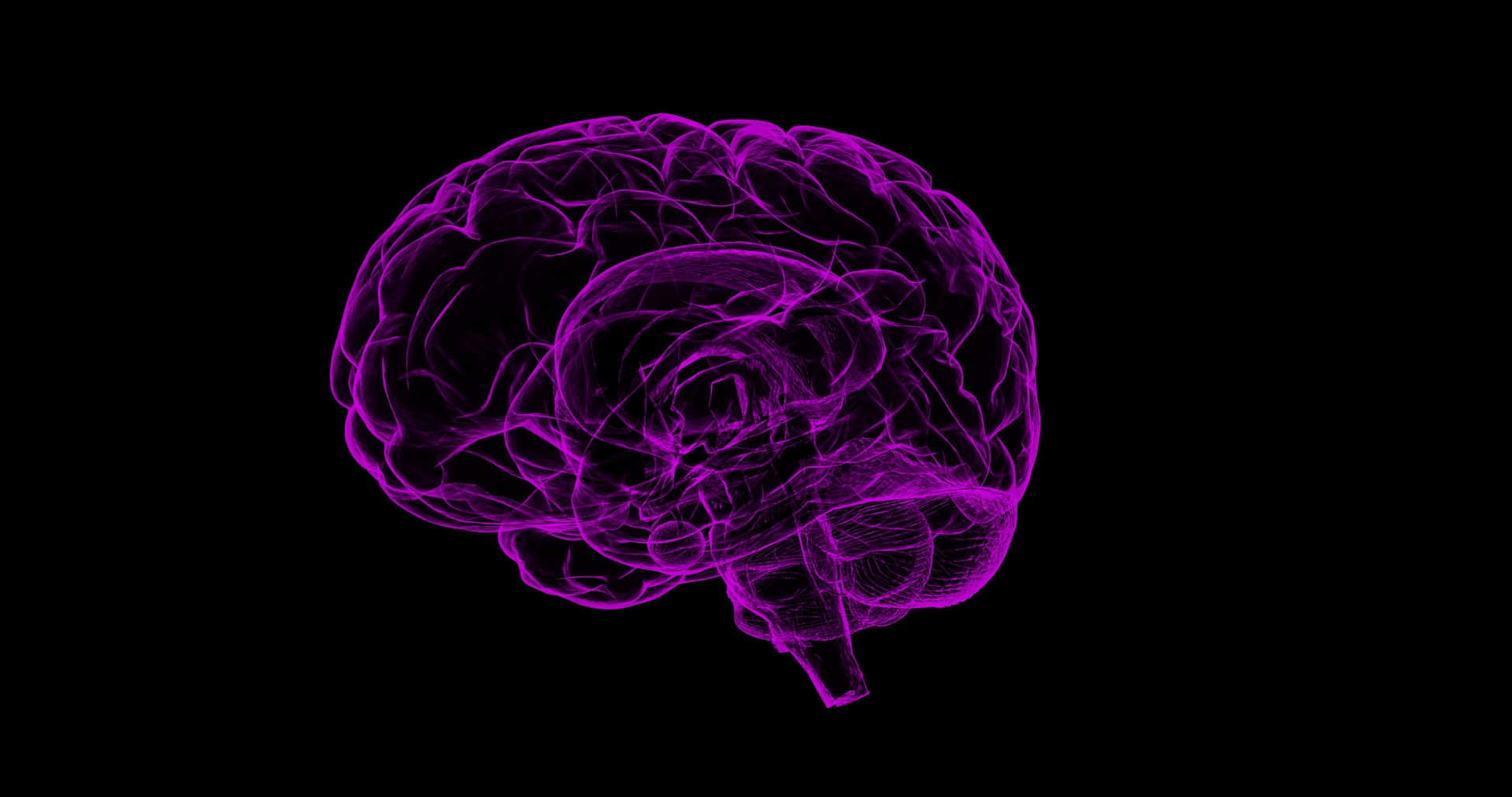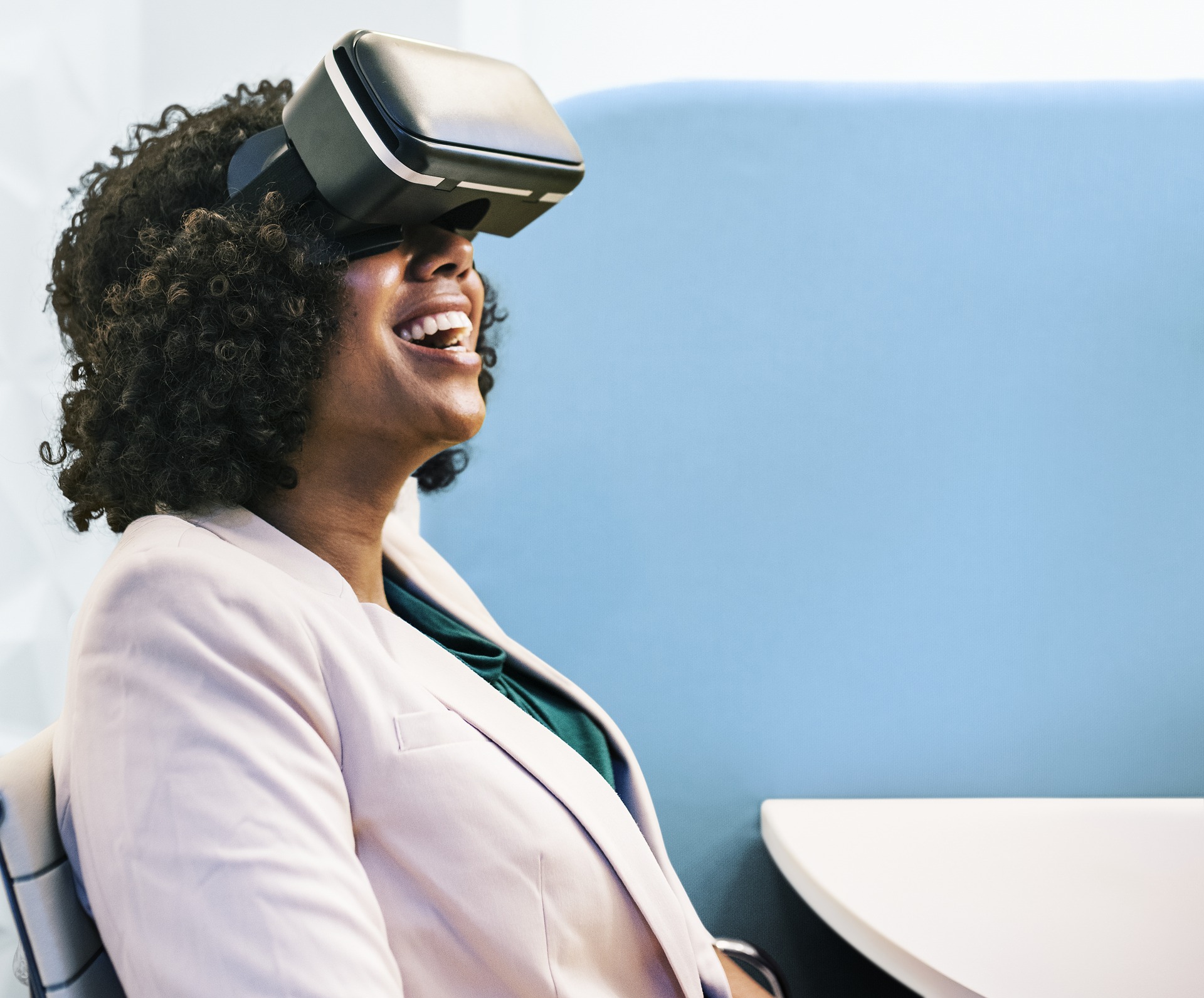How VR & AR can affect memory
Building a meaningful and memorable interaction with customers is one of the biggest challenges a business will face. The methods by which brands reach out to customers have changed as technology has developed; but the overall goal has not.
The development of augmented reality (AR) and virtual reality (VR) technology offer the latest opportunity for brands to engage with their customers on a platform that they are not desensitised to yet. Many of us tune-out traditional promotions because we have been overexposed to them over our lifetime. The main difficulty that brands run into when trying to engage with customers is creating a lasting memory that will be associated with the brand. Sponsorships have been a successful way for brands to create an emotional impact with their audience through association. People can develop a strong emotional connection towards sporting and cultural events. This means that brands can position themselves to be front and centre during these times of high emotional investment and attention. The audience begins to associate the sponsors’ brand with the emotions they feel towards their favourite sports stars and musicians. This emotional impact has a positive effect on memory. People are more likely to recall and recognise brands that have triggered an emotional response from them.
 This immersive technology lets brand’s create memories for customers from scratch. The ability to simulate environments and fool our senses into thinking we are in an exciting and new situation. When used correctly, immersive technology can create lasting impressions on the user. These memories serve as an excellent opportunity for brands to connect with their audience.
This immersive technology lets brand’s create memories for customers from scratch. The ability to simulate environments and fool our senses into thinking we are in an exciting and new situation. When used correctly, immersive technology can create lasting impressions on the user. These memories serve as an excellent opportunity for brands to connect with their audience.
Memory Creation
For information to be processed by the human brain and stored as a memory for later use; it must go through what is known as the encoding stage. Encoding is the first step in creating a new memory. It allows the information you are taking in to be recalled later as either short-term or long-term memory. Information is taken in from our senses; seeing, hearing, touching, smelling and tasting.
The exact science of how memories are created and stored is still unknown, but it is generally considered that the brain processes information through our senses to be used later for our benefit. The more important your brain perceives the information to be, the more likely that it will be stored as a memory.
Teachers tend to focus on three senses in traditional learning with students; vision, hearing and touch. Usually, the piece of information will be shown visually to the students, so they can see it, the teacher will then orally explain the information, so they can hear it. A practical task is usually then carried out; such as writing out the information they have learned, so they can feel it. These senses working together can stimulate learning and memorisation.
Body Awareness & Vestibular Sense
There are two more senses at play when we input information
1. Our inner ears provide us with a sense of balance and spatial orientation. This sense of balance is vestibular sense. An infection in your inner ear can cause dizziness, vertigo and a loss of balance.
VR can manipulate this sense of balance to its advantage to create a feeling of movement even when you are standing still. When done correctly this can give the user a thrilling experience, like being on a rollercoaster. When this technique is overused, it can cause dizziness, motion sickness and vomiting, like being on a rollercoaster.
2. There is also the body awareness sense of the position of your own body parts and strength of effort being used in movement without having to look at them. If you close your eyes you can gently touch the tip of your nose with your finger, this is called the proprioception sense.
Both of these senses can contribute to the formation of memories. The use of immersive technology can trigger these two extra senses as well as sight, sound and touch. All of these senses working together have the potential to create a long lasting and powerful memory. Further advances in VR technology will allow for the vestibular and proprioception senses to be stimulated more effectively and for greater memory creation to occur.
There has already been promising signs in memory retention using AR technology. A recent study by ‘Mindshare Futures’ found; “that the part of the brain responsible for memory encoding sees almost three times (2.9) the level of activity when experiencing the AR version of an activity compared to the non-AR version. This indicates that AR can be a particularly powerful way to deliver information that is subsequently retained.”

Emotions and Memory
Emotions can have an important role in forming memories for us. Emotionally charged events are remembered better. Positive emotions felt during an event tend to be better remembered than negative emotions. If we are able to evoke a positive emotional response while information is being processed, the likelihood that it will be remembered increases.
Senses and Emotion for Immersive Virtual Reality
Immersive technology is arguably the most powerful storytelling tool known to man. Virtual reality tricks the body into thinking that it is present in the virtual location. Immersion is not achieved only through sight and sound, but also from our sense of movement and balance as well as our body awareness sense. These sensory cues heighten the emotional response to the experience and as a result, the user’s memory of the experience.
However, creating a simple virtual environment is not enough to warrant an emotional response. The environment has to feel immersive through manipulation of the senses. The user must also be able to actively interact with the content presented to them and use the information they have been shown. Similar to traditional teaching methods where seeing, hearing and doing are the best ways of retaining information. An immersive experience that effectively creates emotion and memory retention should follow these steps.
There is still much research to be done on the potential for immersive technology to improve memory retention and emotional response. Even so, the early signs are there to suggest that this technology can engage with people on a level that no other medium has ever delivered before.
